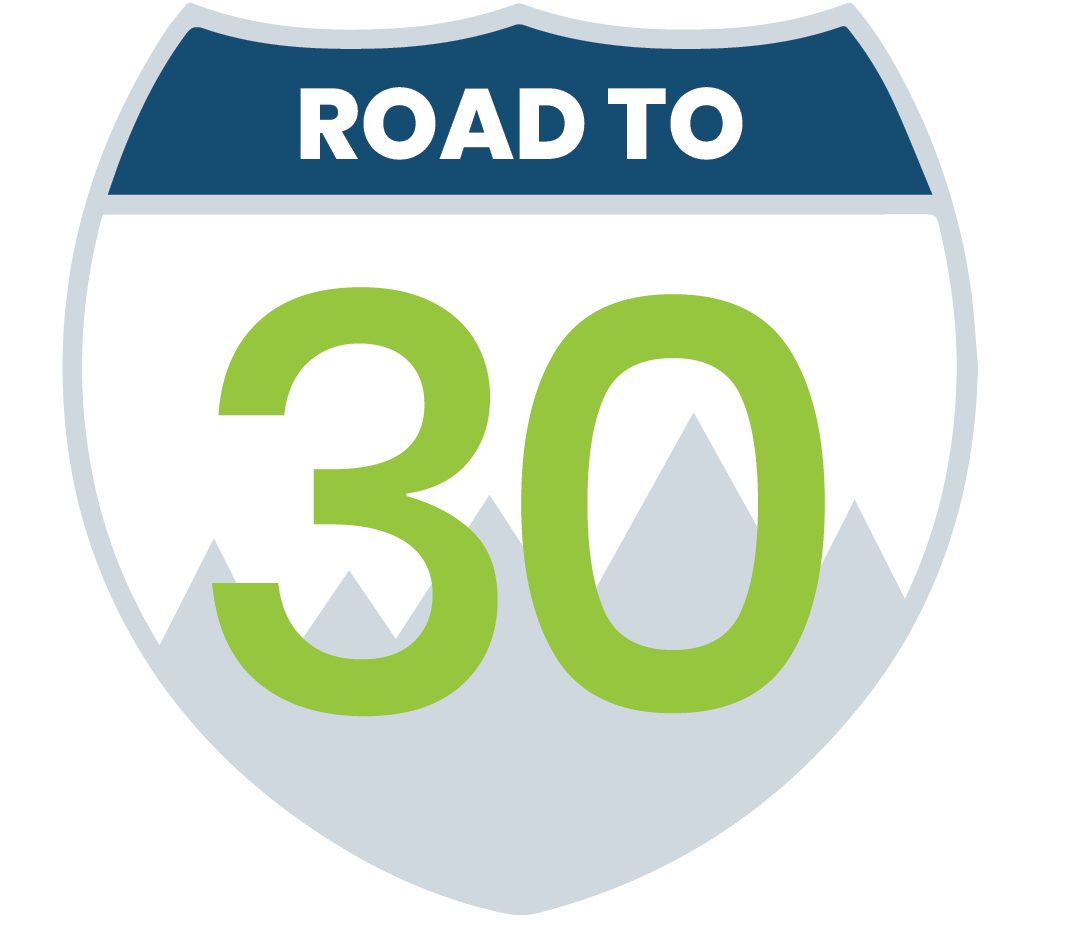
CAJA DEL RIO
The Caja del Rio plateau is one of the most ecologically rich and culturally significant landscapes in the Southwest. Covering nearly 107,000 acres between the Rio Grande and Santa Fe rivers, the area acts as an important wildlife corridor and safe haven from wildfire and other climate disturbances for many species of mammals, birds, and reptiles. Since time immemorial, many Indigenous cultures have maintained a strong connection to the area’s land, water, and wildlife, and it is still regarded as sacred to many Pueblo people today. There are more than 4,000 petroglyphs at the La Cieneguilla Petroglyph site in the Caja del Rio that help tell the story of its spiritual and cultural significance. In addition, the history of Spanish settlement in the area dates back more than 13 generations to those who originally traveled to the Caja via the famed El Camino Real de Tierra Adentro. These traditional communities have also relied on the Caja del Rio for hunting, cattle grazing, firewood collection, and religious pilgrimage for generations and continue to do so today.
This beautiful and important landscape is threatened by vandalism, illegal dumping, and target shooting, as well as inadequate protections for the wildlife that depend on the area for survival. Permanent protection is needed to ensure this sacred place maintains its ecological and spiritual vitality for the benefit of human and wildlife communities for generations to come. The 2023 Colorado College Conservation in the West poll results show that 88 percent of New Mexico voters want to designate existing public lands in the Caja del Rio plateau as a national conservation area to increase protections for grasslands and canyons along the Santa Fe river and other smaller rivers flowing into the Rio Grande.
Watch the short 5-minute film to hear from people who know this region intimately, including Brophy Toledo, a member of the Jemez Pueblo (Walatowa) and co-founder of the Flower Hill Institute, José Villegas Sr, a Catholic Chaplain and Mayordomo of the Valle de la Cieneguilla Land Grant, and Andrew Black, a minister at First Presbyterian Church of Santa Fe and the public lands field director for the National Wildlife Federation. Each of them shares what makes this area spiritually, culturally, and ecologically significant, and why it is one of the most endangered landscapes in the country.
To learn more about the history and significance of Caja del Rio and the people behind the efforts to protect the area, please visit https://cajadelrio.org/, and check out this visually stunning and interactive storymap.


